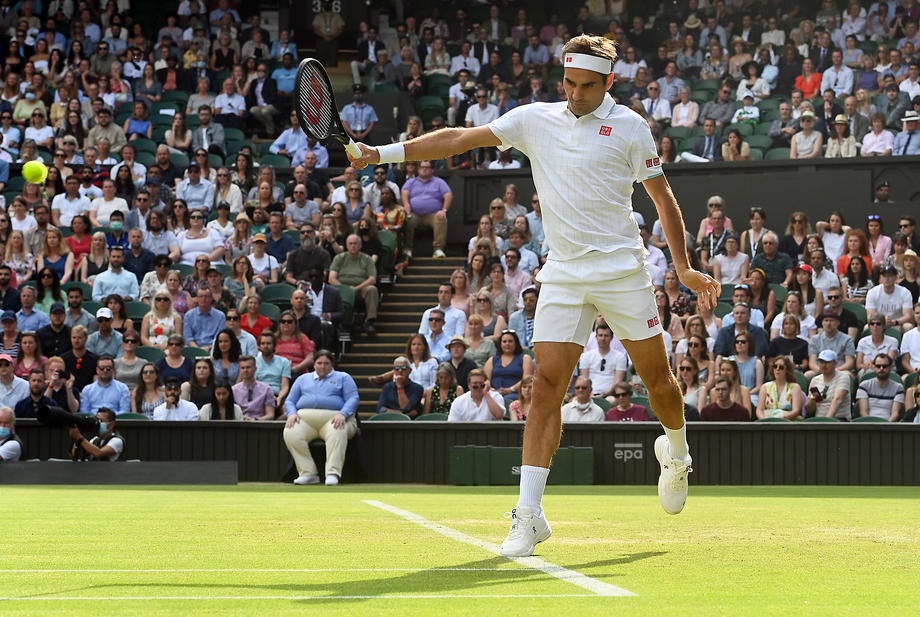- Brisbane International Draws and Schedule of Play for Thursday, January 2, 2025
- Gabriela Dabrowski Shares Breast Cancer Battle and Health Update
- Brisbane International Draws and Schedule of Play for Wednesday, January 1, 2025
- Noah Rubin’s “Behind The Racquet” with Brandon Holt • Tennis | 10sBalls
- Brisbane International Draws and Schedule of Play for Tuesday, December 31, 2024
- Brisbane International Draws and Schedule of Play for Monday, December 30, 2024
- Laver Cup Tennis September 19-21 in San Francisco – Ticket packages
- Brisbane International Draws and Schedule of Play for Sunday, December 29, 2024
- Ricky’s picks for the season-opening ATP tournaments in Hong Kong and Brisbane
- BNP Indian Wells Premium Package Now On-Sale including NOBU
- Ricky’s picks for the 2025 United Cup
- Simona Halep Withdraws from Australian Open Qualifying
- Alex de Minaur and Katie Boulter are Engaged!
- Fonseca wins NextGen, hopes to continue legacy of past champions
- Ricky’s picks for the 2025 Nitto ATP Finals field
Short History Of Pickleball From 10sBalls • Tennis Players Need To Keep An Open Mind To The Game
- Updated: August 23, 2018
About Pickleball
Pickleball was invented by three dads in 1965 as a way to entertain their children during summer. The families resided on Bainbridge Island, Washington. Congressman Joel Pritchard, Bill Bell, and Barney McCallum fashioned handmade equipment and based the simple rules on the existing sports of tennis, badminton, and ping-pong. Unlike Tennis, Racquetball and many other sports, Pickleball has a short learning curve; you don’t need months of lessons to participate in a fun game. It also is less running compared to Tennis. However, at the same time, it can be very competitive and addicting for all ages, as well as an excellent, fun family activity. Pickleball can be played as both a singles and doubles game, and can be played inside or outdoors, on a court that uses the dimension of a doubles badminton court, along with a modified tennis net. A Pickleball court is 20’ x 44’ for both singles and doubles. The net is hung at 36” at the ends and hangs 34” in the middle. A non-volley zone – called the Kitchen – extends 7’ back from the net on each side.






